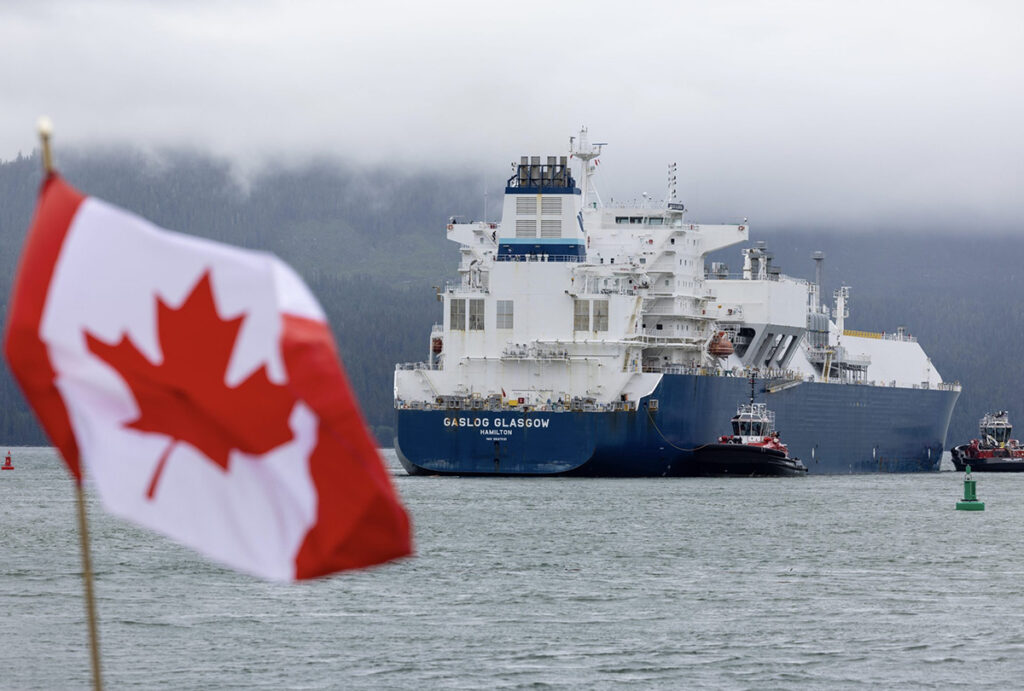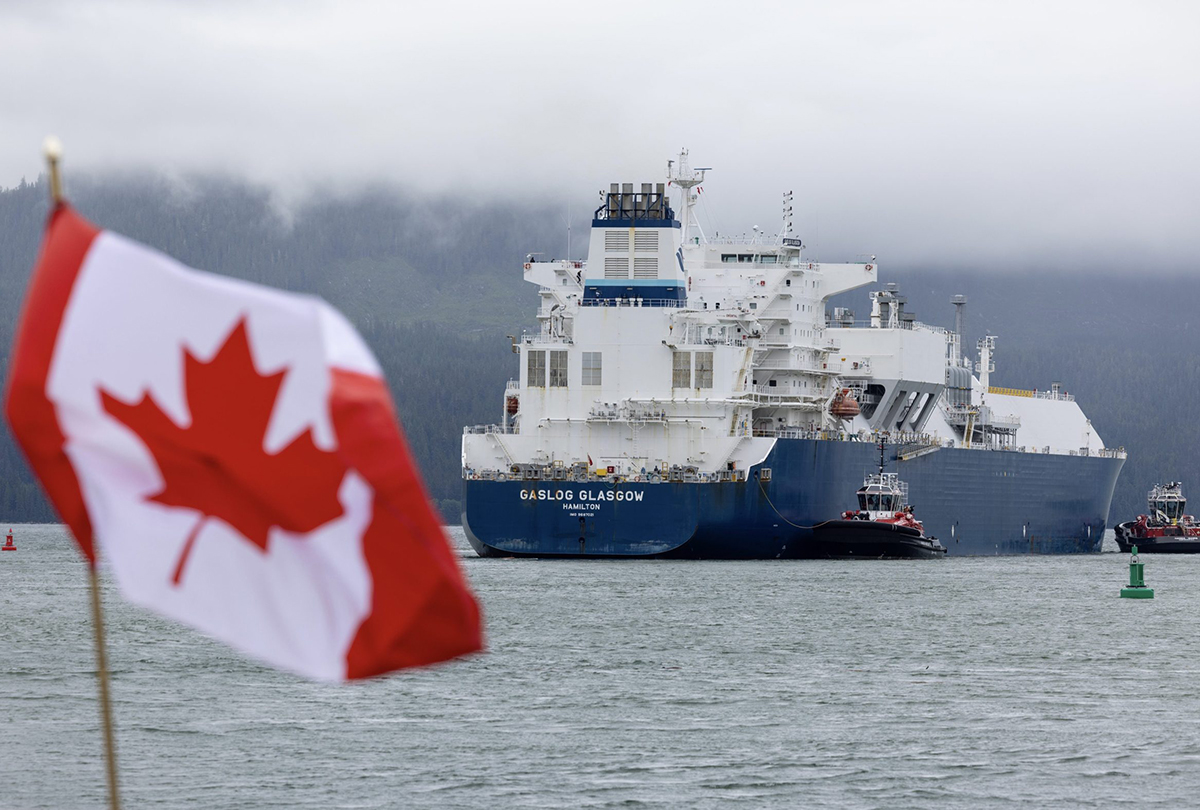
Getting Canadian LNG to Europe via Canada’s West Coast is possible, but tricky.
Canada possesses significant natural gas reserves and is developing liquefied natural gas (LNG) infrastructure, particularly along its West Coast. With Europe, including Germany, seeking to diversify energy supplies and reduce reliance on Russian gas, Canadian LNG exports are increasingly relevant. However, direct shipping of LNG from Canada’s West Coast to Germany faces logistical and economic hurdles due to distance. One innovative solution is the use of LNG swaps with countries geographically closer to Germany.
Get the Latest Canadian Focused Energy News Delivered to You! It’s FREE: Quick Sign-Up Here
Liquefied natural gas (LNG) swaps involve agreements where LNG is exchanged between parties in different regions to optimize logistics and reduce transportation costs may offer a solution. In the scenario where Canada exports LNG to European countries like Germany via its West Coast, an LNG swap could mean that Canada ships LNG to a country in Asia or the Pacific Rim that is geographically closer, while a partner country with LNG supplies nearer to Europe (such as Qatar, Algeria, or Norway) sends an equivalent volume of LNG to Germany. The overall effect is that Canada’s LNG helps meet European demand, but the physical molecules may not travel the entire distance from Canada to Europe.
Advantages for Canada
Market Access Expansion: Such swaps allow Canadian LNG producers to access European markets without the need for lengthy and costly trans-Atlantic shipping, overcoming geographic limitations.
Cost Efficiency: Reducing shipping distances lowers transportation costs and helps avoid bottlenecks or delays at the Panama Canal or other maritime routes.
Environmental Benefit: Shorter shipping routes mean reduced greenhouse gas emissions, supporting Canada’s climate goals and improving the sustainability profile of its LNG exports.
Strategic Partnerships: LNG swaps foster international collaboration, strengthening ties with countries in Asia-Pacific and Europe, and enhancing Canada’s reputation as a reliable energy supplier.
Optimized Use of Infrastructure: Canadian West Coast LNG terminals can operate efficiently by targeting nearby markets, while still benefiting from European demand.
Disadvantages for Canada
Complex Negotiations: LNG swaps require intricate contractual arrangements, coordination, and trust between multiple parties, which can increase transaction costs and risks.
Potential Loss of Premium Pricing: Direct exports to Europe may command higher prices due to energy security concerns; swaps might dilute pricing advantages if intermediaries capture value.
Dependence on Third Parties: Canada’s ability to supply Europe becomes dependent on the reliability and willingness of swap partners, potentially exposing Canadian exporters to geopolitical or market disruptions.
Traceability and Branding: Physical Canadian LNG may not reach European consumers, possibly affecting Canada’s brand recognition or ability to market its gas as a lower-carbon product relative to competitors.
Regulatory and Logistical Challenges: Different jurisdictions may have varying rules regarding swaps, and harmonizing standards can be difficult, potentially leading to delays or legal complications.
LNG swaps could provide Canada with an innovative way to participate in the European energy market, offering economic, environmental, and strategic benefits.
However, they also introduce challenges related to pricing, complexity, and reliance on international partners. Careful negotiation and robust partnerships are essential to maximize the advantages while mitigating the risks.
Share This:
More News Articles
